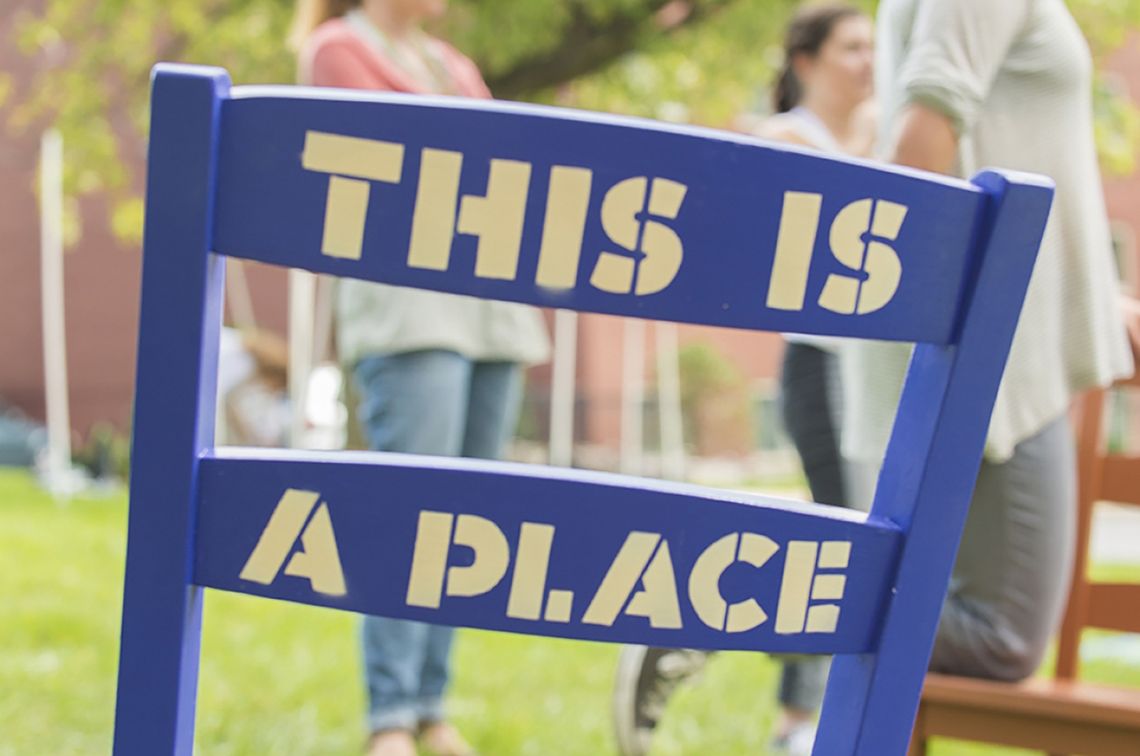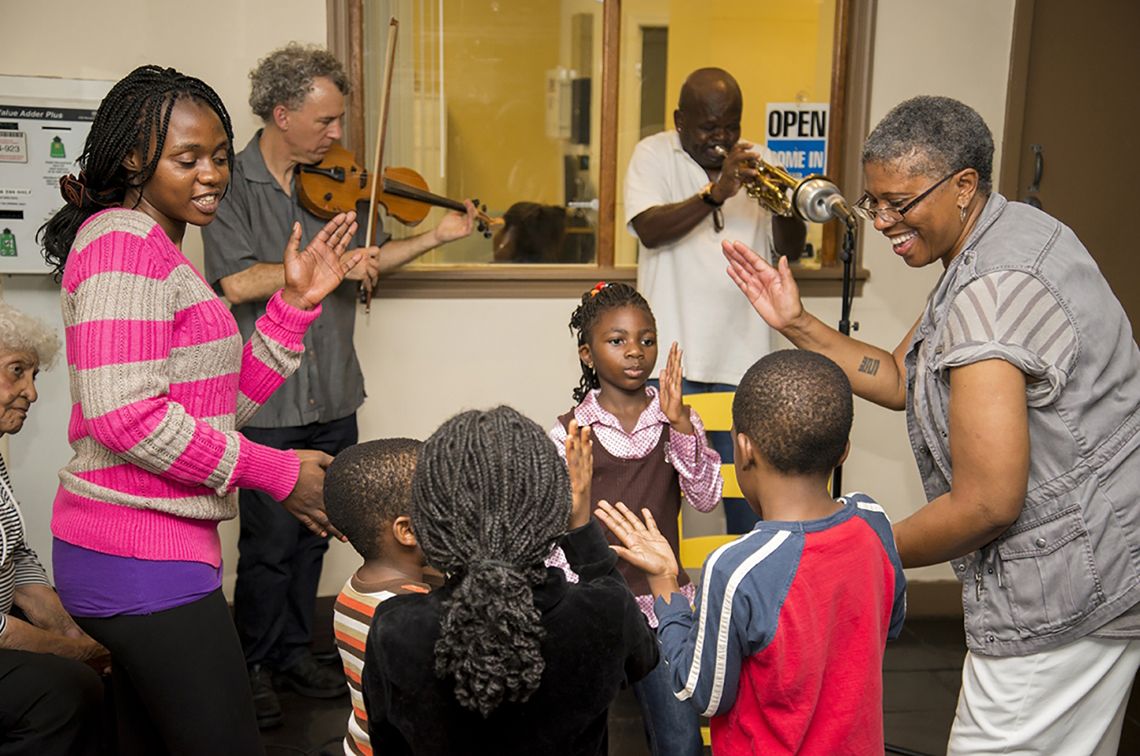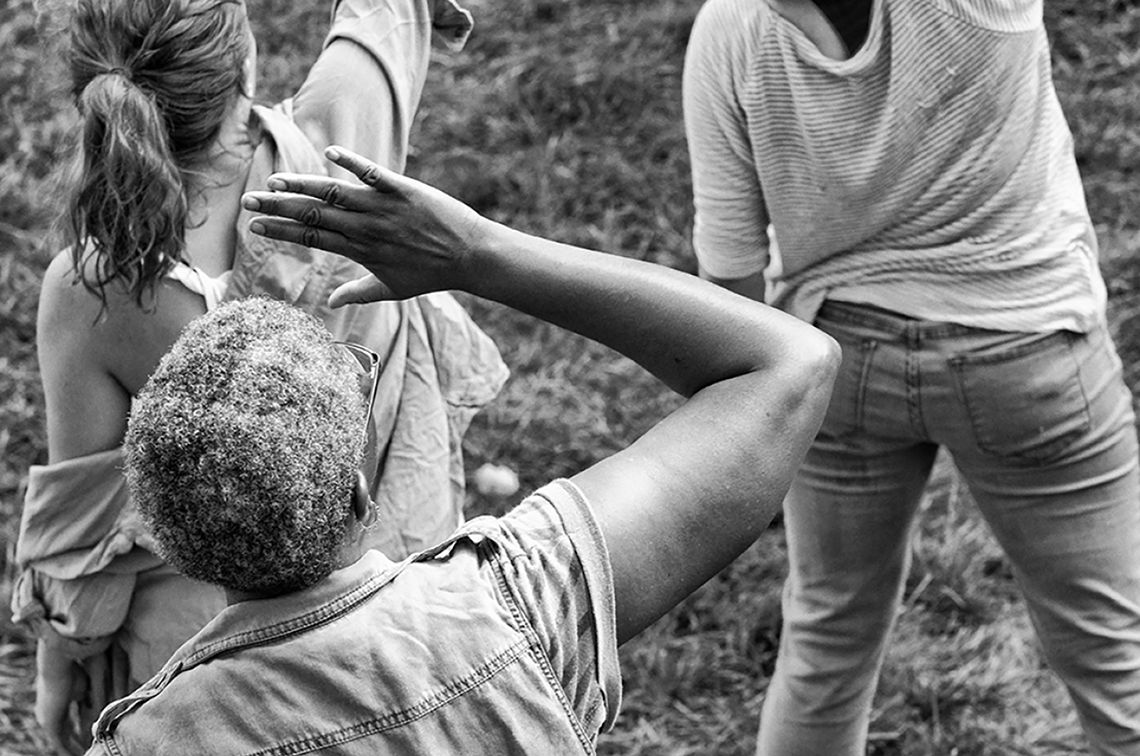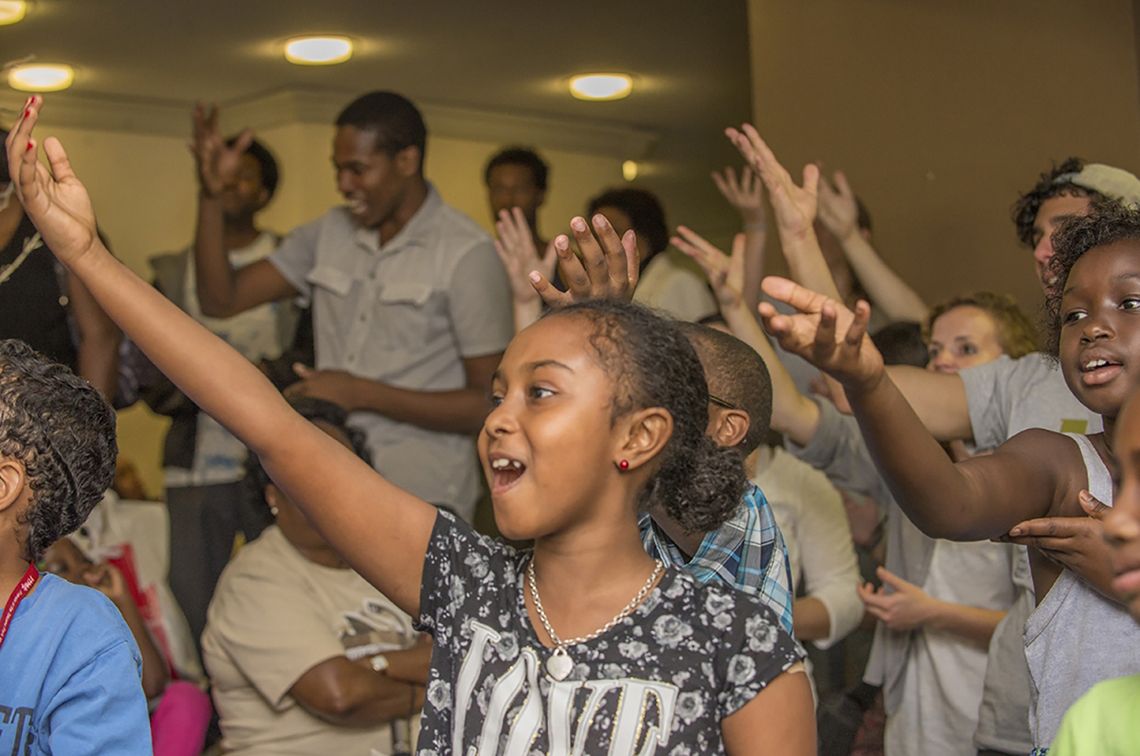10 SECTORS
10 SOLUTIONS
Artists and Community Change
TRANSPORTATION
The TRANSPORTATION community development sector is comprised of individuals, organizations, and policymakers who are working to maintain, repair, and build transit infrastructure at the local, regional, state, and national levels. Federal grants that filter down from state agencies to municipal governments are the primary source of transportation funding, though public-private partnerships and tax revenue also contribute significantly. Practitioners in this sector focus on building effective public transport networks and green infrastructure projects that: improve users’ access to jobs and other economic opportunities; distribute transit options equitably across a region; include low- and moderate-income individuals in decision-making processes; and contribute to positive health outcomes for communities.
PROJECT NAME
NEW HAMPSHIRE AVE: THIS IS A PLACE TO...
ORGANIZER NAME
DANCE EXCHANGE
LOCATION
TAKOMA PARK, MD
The Washington, DC suburb of Takoma Park is home to many new residents from India, El Salvador, China, Ethiopia, and other countries, a number of whom have opened businesses along New Hampshire Avenue, the six-lane highway that forms the city’s eastern boundary. While the highway is an important artery, its auto-centric design endangers those who walk along it or cross it (many of whom are new Americans) and discourages foot traffic to their businesses. As part of its efforts to make New Hampshire Avenue more human-friendly, Takoma Park’s Housing and Community Development Department invited local dance company Dance Exchange to help them better understand users’ relationships to the thoroughfare. Employing dance, visual art, sculpture, photography, and storytelling in a suite of artistic experiences, the company posed six core questions to residents, community leaders, business owners, and city staff, including: “What brings us to this place?” “What traditions do we carry here?” “What do we hope for the future of the Avenue?” Over the course of more than a year, a team of Dance Exchange artists, under the direction of the company’s executive artistic director Cassie Meador, worked with Takoma Park residents to gather and incorporate local cultural feedback into its municipal planning processes, and to shift the narrative of a place so often defined by its transportation challenges.
10 SECTORS 10 SOLUTIONS:
Artists and Community Change




